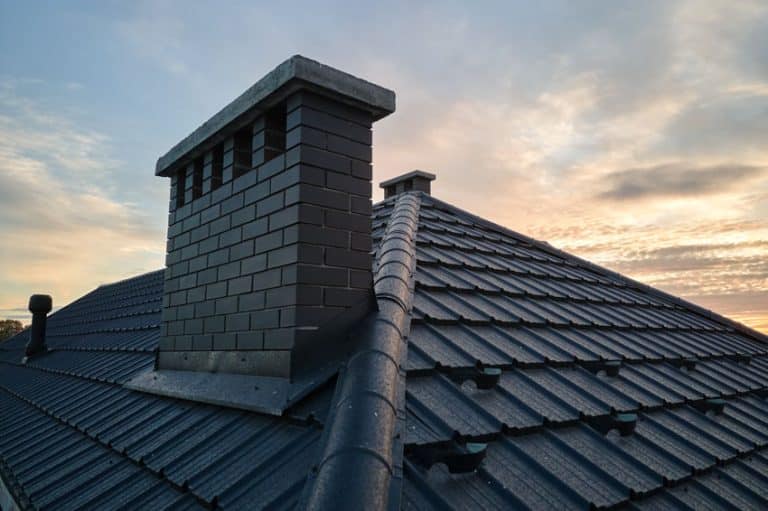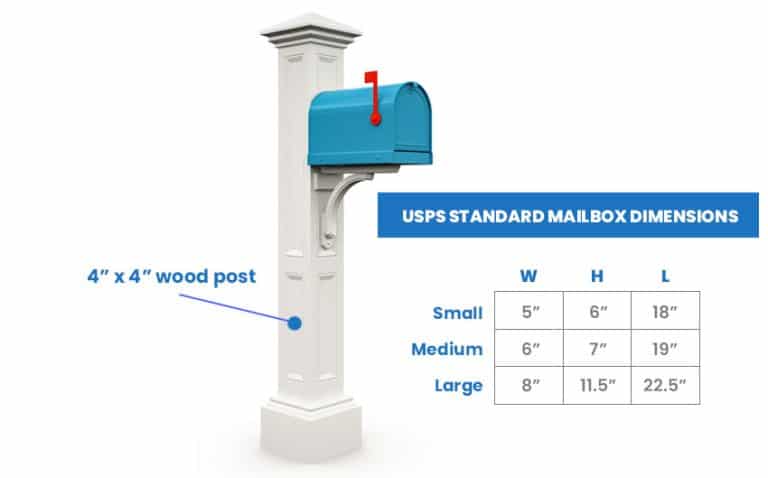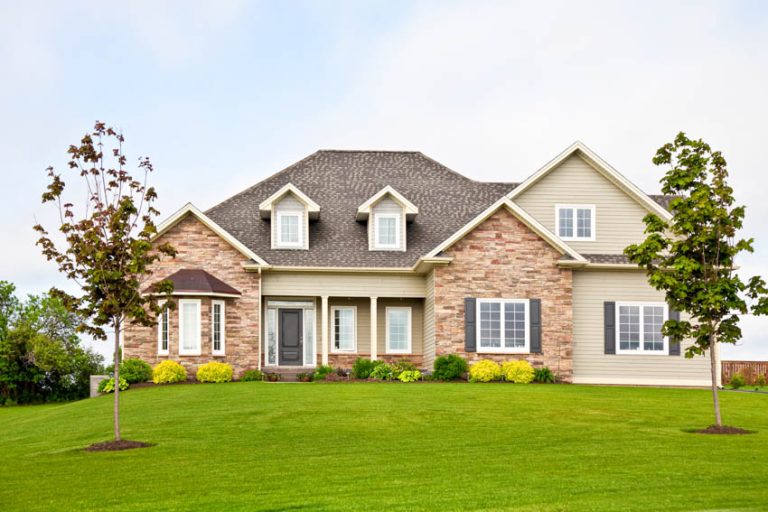Pros and Cons of Different Types of Roof Insulation
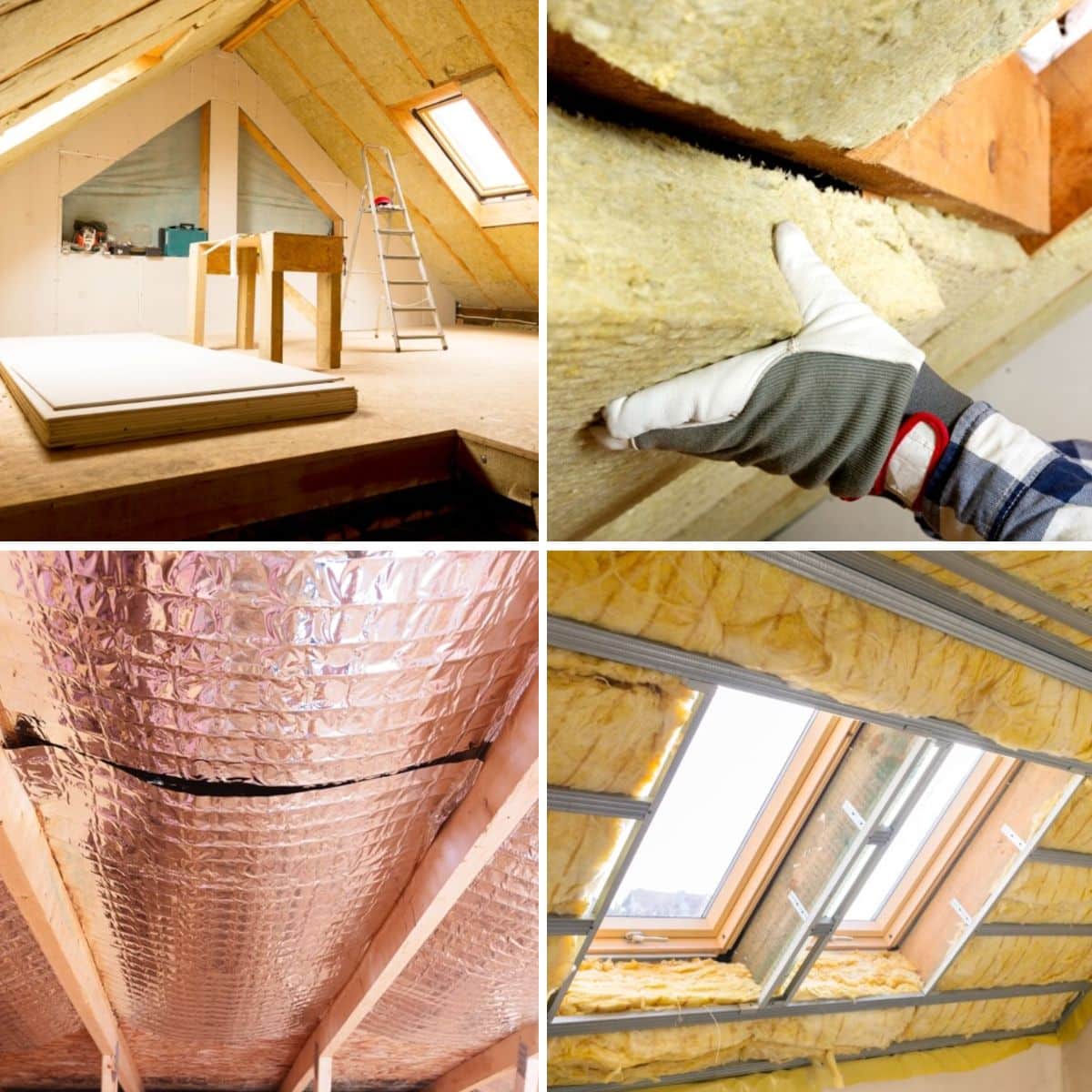
The roof is perhaps the most interesting component of any home. It shields you from the scorching sunlight, rainfall, wind, and snow. Because of its significant contribution, adding insulation to your roof will assist in increasing its performance and lifespan, particularly with every change of season. Residential and commercial builders as well as homeowners must evaluate the thermal requirements of the roofing system, along with the material and cost of the insulation material.
When properly and thoughtfully chosen, the roof can survive diverse weather and temperature fluctuations for a longer duration. Poor roof insulating choices, unfortunately, would result in inefficient roofing performance. If you are constructing a new house or planning to enhance your home’s insulation, there are various types of insulation to take into account. The ideal type of insulation for your house will be determined by factors like where you reside, your budget, and any existing insulation that you intend to maintain. Read on and be well-informed!
What Is Insulation for the Roof?
Roof insulation is an important approach for minimizing heat infiltration from the external environment into the interior structure. The approach maintains temperature stability and avoids unwanted noise from entering. Indeed, roof insulation also helps in providing warmth and coolness in the wintertime and summertime, respectively.
Thermal insulation has lately gained prominence because of changing insulation regulations around the planet, which place higher expectations on the thermal performance of structural components to prevent energy loss for cooling or heating. Insulation materials must have both excellent thermal properties and appropriate mechanical capabilities to bear loads.
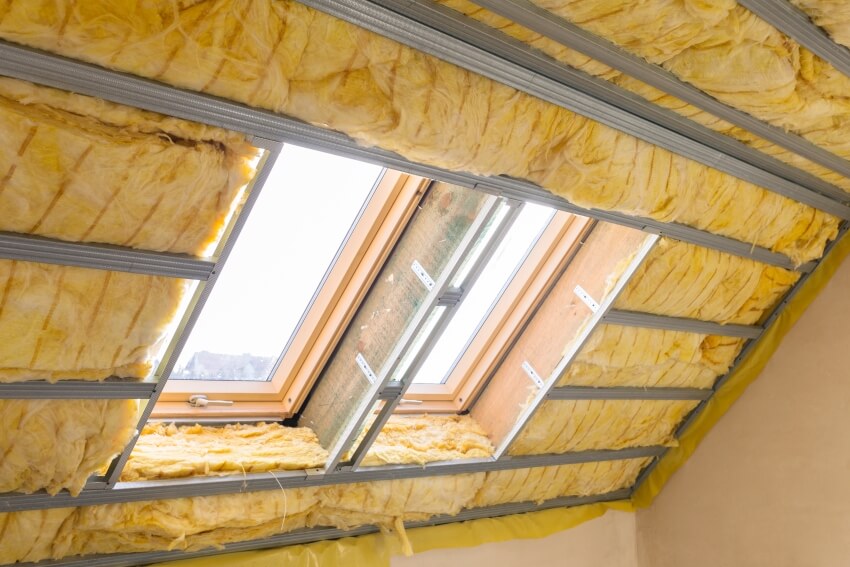
Picking the right roof insulation selection results in effective roof systems that can functionally operate for years or even decades. However, each form of roof insulation has advantages and disadvantages, thus you have to do some research before selecting the ideal insulation for your home.
Approximately a quarter of the heat lost from an average house goes through the roof, so minimizing this should be one of your top priorities. – Popular Mechanics Complete Home How-to, Albert Jackson, David Day
One of the primary attributions for reevaluating structural insulation is to save money on energy. Whether you are building a new house or upgrading an existing one, the insulation system you choose deserves careful consideration. Insulation can provide you with lasting energy savings while also enhancing the overall efficiency and comfort of your house.
Insulation Types
Different types of roof insulation are widely accessible on the market. They differ primarily in terms of their qualities, benefits, and drawbacks. The following are the main types of roof insulation:
Loose-Fill Insulation
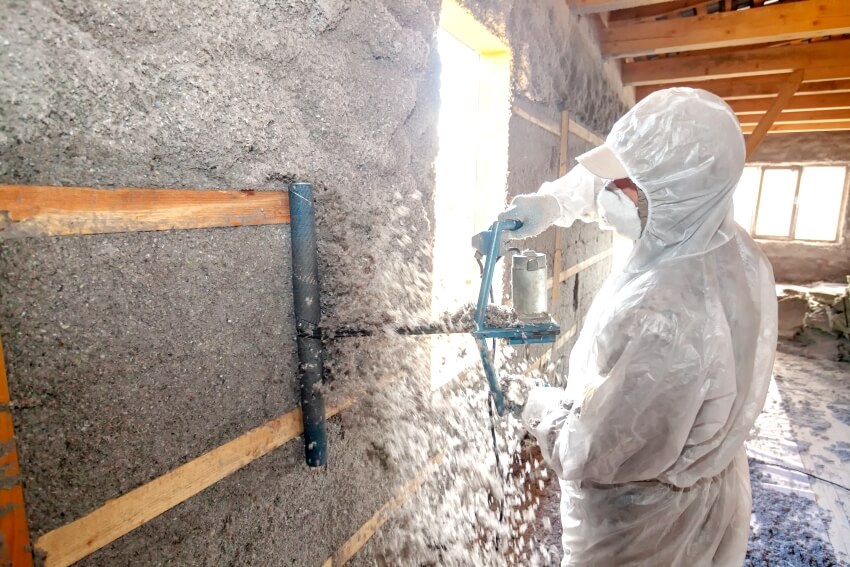
Loose-fill insulation is made up of small fibers, foam, and other material particles. These microscopic particles combine to form an insulating material that can fit into any space without causing damage to buildings or finishes. Because of its capability to adapt, loose-fill insulation is especially applicable for retrofits and situations in which other types of insulation could be challenging to install.
Big areas, such as an attic or crawl space, can be filled effectively using loose-fill insulation. It can be pushed into space with a flexible tube, allowing it to insulate a difficult-to-reach area. You have a great deal of discretion over the total level of insulation, which might help you get the correct amount for your environment.
Furthermore, fiberglass, mineral wool, and cellulose are among the most popular materials used for loose-fill insulation. Each of these materials is created from recycled content. Cellulose is produced mostly from recycled newspapers.
The majority of fiberglass products contain between 40% and 60% recycled glass. Mineral wool is typically made up of 75% post-industrial recycled material.
Polystyrene beads as well as perlite are two less prevalent loose-fill insulation materials. Loose-fill insulation can be put in both contained cavities like walls and unenclosed areas like attics. Fiberglass, cellulose, and rock wool are commonly blasted in by expert installers who understand how to achieve the proper density and R-values.
In addition, while fiberglass loose-fill insulation is non-flammable, it is less suitable for cold environments. Although flammable, cellulose loose-fill insulation is a superior solution for colder areas and is more long-lasting than fiberglass.
Each manufacturer of loose-fill insulation should identify the R-value of its product at established density and produce coverage charts indicating the minimum established thickness, acceptable weight per square foot, as well as coverage area per package for different total R-values.
Installing loose-fill insulation, on the other hand, necessitates the use of specialized equipment, which escalates the entire installation cost, particularly if a professional installer is needed.
Pros of Loose-Fill Insulation
• You have a lot of control over R-Value.
• It can fit into tight locations and fill up a massive amount of space.
• Do-it-yourself projects for this type of insulation are achievable.
Cons of Loose-Fill Insulation
• Safety measures must be taken during the installation process.
• It has a tendency to deflate over time.
• It can potentially retain moisture.
Spray Foam Insulation
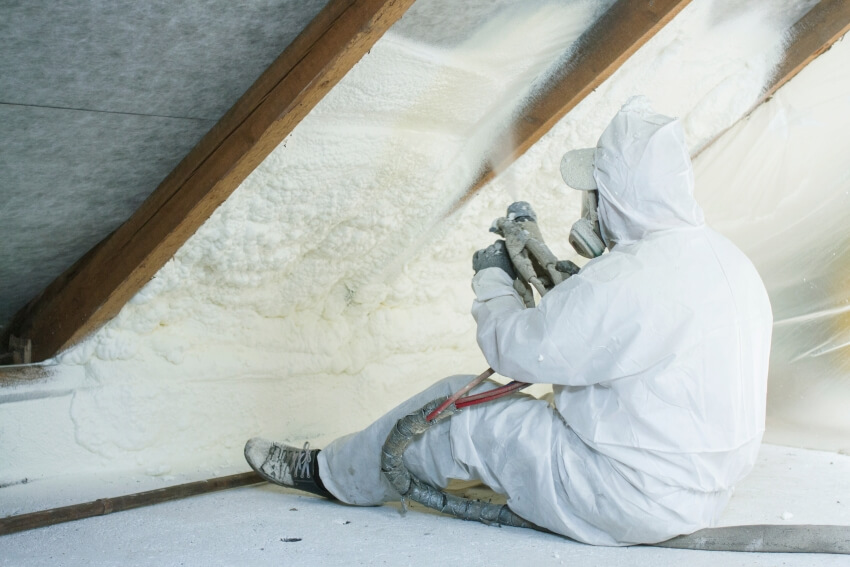
Spray foam insulation is a high-performance roof-insulating solution with exceptional thermal properties. It minimizes greenhouse gas emissions, like all insulating materials, by lowering the HVAC demands of structures, particularly our houses. This insulation type can either be injected, poured, or foamed in place. To insulate and prevent air leaking, spray foam insulation can be blasted into walls, attic areas, or under flooring.
Certain installations can produce a greater R-value than typical batt insulation for the same thickness, and they can fill even the smallest gaps, resulting in an efficient air barrier. Small-sized pressurized containers of foam-in-place insulation can be used to prevent air leaking in openings and fractures like window and door frames along with plumbing and electrical penetrations.
The most often used material for this type of insulation is polyurethane spray foam. Its air-sealing capability reduces the possibility of condensation, moisture, mold, or rusting. Polyurethane foam swells to properly fit the space within which it is put, making it an excellent roof insulation option. To meet the needs of your household, open and closed cell sprays are available as well.
Spray foam insulation is recognized as green, ecologically friendly technology that can strengthen the structural integrity of wood-frame structures. Unfortunately, because most spray foam insulation products are made from polyurethane, which includes hazardous components, they pose a health danger.
Furthermore, although spray foam insulation is cost-effective in the long run, it has a significant initial cost. Installation fees can be exorbitant. Thermal insulation materials such as urethane and closed cell foam have excellent heat retention properties that can reduce energy costs.
Pros of Spray Foam Insulation
• High-performance insulation method with great thermal properties
• It has the ability to fill even the tiniest gaps, resulting in an effective air barrier.
• Its capacity to block out air lowers the probability of condensation, moisture, mold, or corrosion.
Cons of Spray Foam Insulation
• The majority of spray foam insulation products can be risky to our health.
• Installation costs can be costly.
Fiberglass Batt Insulation
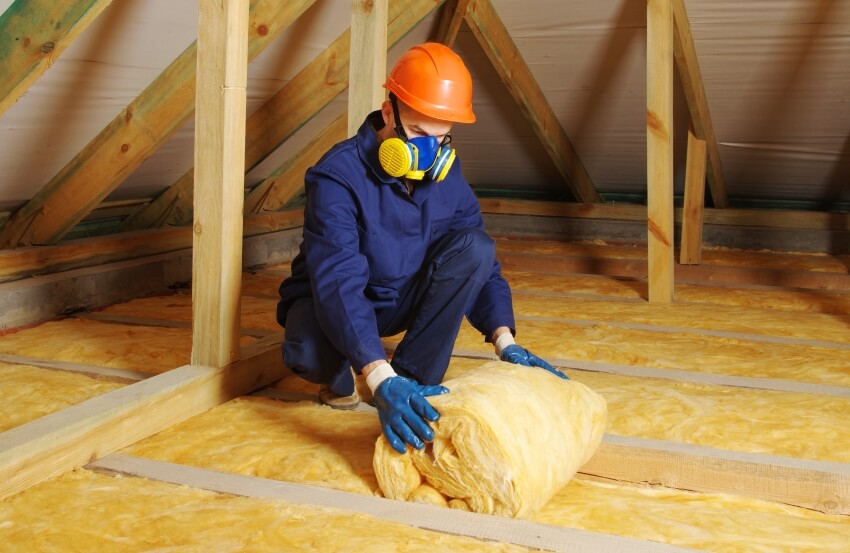
Batt insulation is a common type of roof insulation that is typically made out of fiberglass and is reasonably easy to install. Fiberglass batt insulation is available in a variety of sizes as well as R-Values. Although this insulation type can be trimmed to fit around ceiling rafters and joists, it does not create the same seal as spray foam insulation.
Fiberglass batts and rolls are usually affordable and come in a variety of sizes that correspond to the conventional spacing of wall framing, attic rafters or trusses, and floorboards. Hand-cut and cut continuous rolls are available too.
They can be ordered with or without facings. Manufacturers frequently affix a facing to function as a vapor and air barrier.
Furthermore, fiberglass batts with a distinctive flame-resistant covering are obtainable in a variety of widths for basement walls and other exposed areas. A facing also makes handling and fastening easier during the installation process.
However, because of its low R-Value, fiberglass batt insulation is generally less energy-efficient than spray foam and loose-fill insulation.
Pros of Fiberglass Batt Insulation
• It can be easy to acquire as there are numerous selections available on the market
• It is suitable for do-it-yourself projects.
• One of the least expensive types of roof insulation.
• Extremely moisture-resistant.
Cons of Fiberglass Batt Insulation
• Because of the low R-Value, it is not that energy-efficient.
• For optimal insulation, numerous layers may be required.
• During the installation process, your skin and eyes might get irritated.
Rigid Insulation Boards
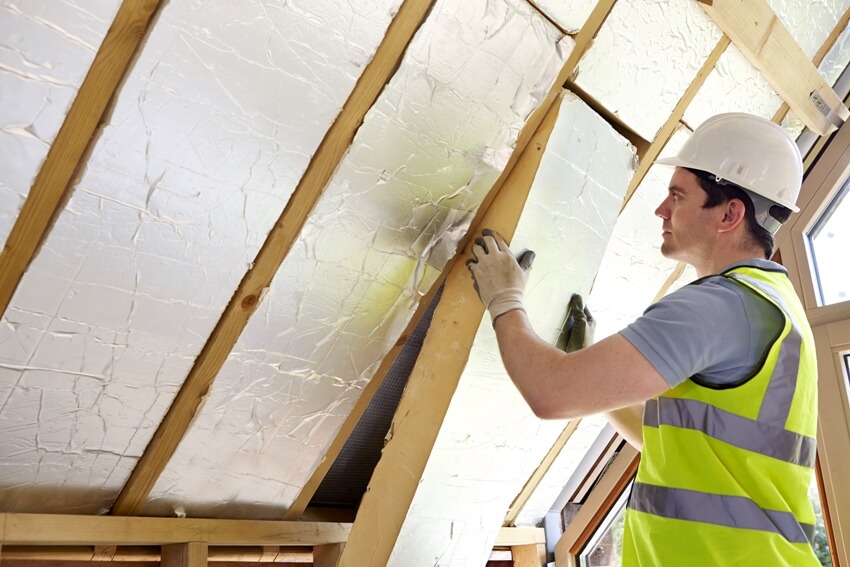
Rigid board insulation, which is more typically used to insulate walls in interior rooms than attics, is produced from polyisocyanurate, extruded polystyrene, or expanded polystyrene. The material chosen for the rigid insulation board will impact both the R-Value and the cost; in principle, the greater the R-Value, the more expensive it will be.
Moreover, rigid insulation boards with narrower thicknesses can reach high R-values, while others feature a foil-based outer layer that prevents heat. These strong and long-lasting insulation boards can be used in roof and ceiling spaces, particularly cathedral ceilings. All rigid insulation boards limit both winter and summer heat escapes, allowing for pleasant indoor temperatures year-round.
On the other hand, rigid insulation boards are not that efficient when used in unfinished attics and other large spaces. Plus, these boards are normally treated with fire-resistant chemicals.
Pros of Rigid Insulation Boards
• With rigid insulation boards, a high R-Value is achievable.
• Can be DIY-friendly in the proper setting
• It has the potential to be energy-efficient in some areas.
Cons of Rigid Insulation Boards
• It is inefficient for insulating unfinished attics.
• It might be costly to install in huge areas.
• These boards are often protected with a chemical flame-retardant, which may be harmful to one’s health.
Structural Insulation Panels
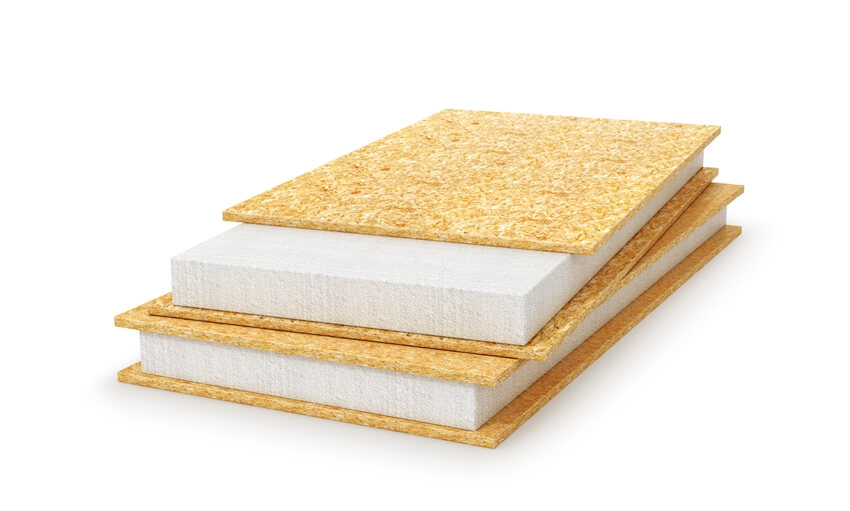
Structural insulation panels normally resemble plywood with rigid insulation layered between them. This renders them tough to integrate into houses, but it is an increasingly common and long-lasting alternative to include when constructing a house. When installed correctly, these panels have the potential to significantly cut energy expenses.
Such panels are intended for household and light commercial use. They are constructed with an insulating interior such as expanded polystyrene or polyisocyanurate as well as a solid facing such as an oriented strand board on each side.
Because it comes in a variety of thicknesses, it can be used to construct roofs, walls, and floors. Structural insulated panels can be built to fit most building systems, reducing construction time, total project expenditures, and labor expenses.
Although structural insulation panels are a decent roof insulation choice, they normally require professional installation, which can add to the cost. They are not suitable for do-it-yourself projects. They are also most effective when built during the initial construction process rather than during renovations.
Pros of Structural Insulation Panels
• These panels save energy and help in reducing energy expenses.
• Custom sizes and shapes are available.
• Most building systems can be supported using structural insulated panels.
Cons of Structural Insulation Panels
• Normally requires expert installation; not suitable for a do-it-yourself project.
• Can be very costly.
• More efficient when installed during the primary construction process rather than during renovations.
Radiant Insulation
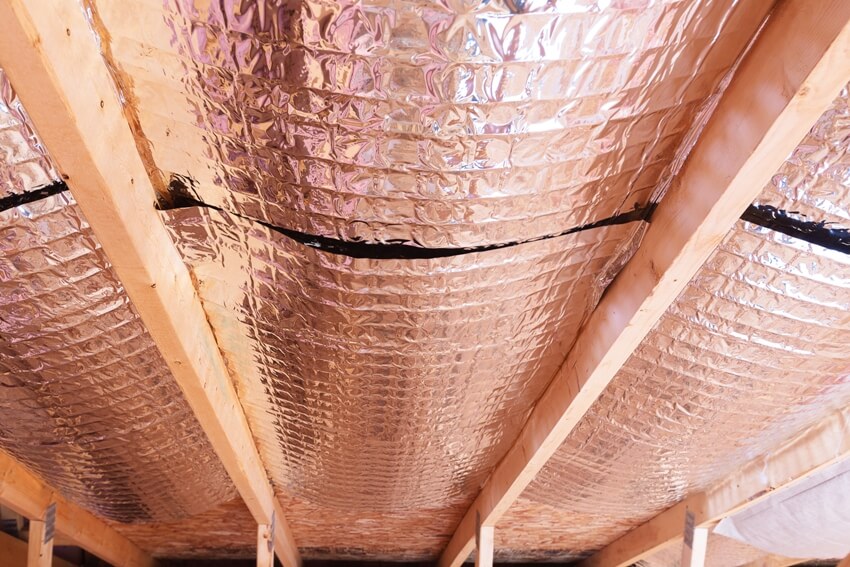
Radiant barriers work by bouncing radiant heat, as opposed to most traditional insulation methods, which impede conductive and convective heat movement. Radiant barriers are constructed in homes, typically in attics, to limit summer heat absorption and henceforth decrease air conditioning expenses. This innovative technique is an effective type of insulation that can save households a significant amount of money on their energy costs.
Radiant barriers incorporate reflecting surfaces like aluminum foils into insulation solutions that may contain a range of underlying materials including plastic film, polyethylene bubbles, paperboard, and other thermal insulation components. Most of the materials used do not degrade and attract mold.
Radiant heat moves away from any surface in a single direction and heats any solid material that captures its energy. Whenever the sun heats a roof, it is mostly the radiant heat of the sun that causes the roof to become hot. In hot regions, radiant barriers are more efficient, particularly when cooling air ducts are positioned within the attic.
The downside, however, is that radiant insulation is not that effective in colder temperatures. Plus, it can be prone to dirt and dust.
Pros of Radiant Insulation
• Effectively prevents radiant heat; ideal for hot regions.
• Not prone to rusting and mold.
Cons of Radiant Insulation
• Not that efficient in regions with colder temperatures.
• It can be prone to dirt and dust.
Insulation Cost
The cost of insulating a roof is determined by the type of roof insulation used, the R-value of the insulation, and the amount of square footage to be covered.
Here are the average costs per square foot of the following types of roof insulation:
• Spray Foam Insulation – around $0.50 to $2 per square foot
• Fiberglass Batt Insulation – around $0.30 to $1.50 per square foot
• Rigid Insulation Board – around $0.25 to $1.40 per square foot
• Structural Insulation Panels – around $3 to $7 per square foot
• Radiant Insulation Barrier – around $0.10 to $0.95 per square foot
R-Values For Insulation
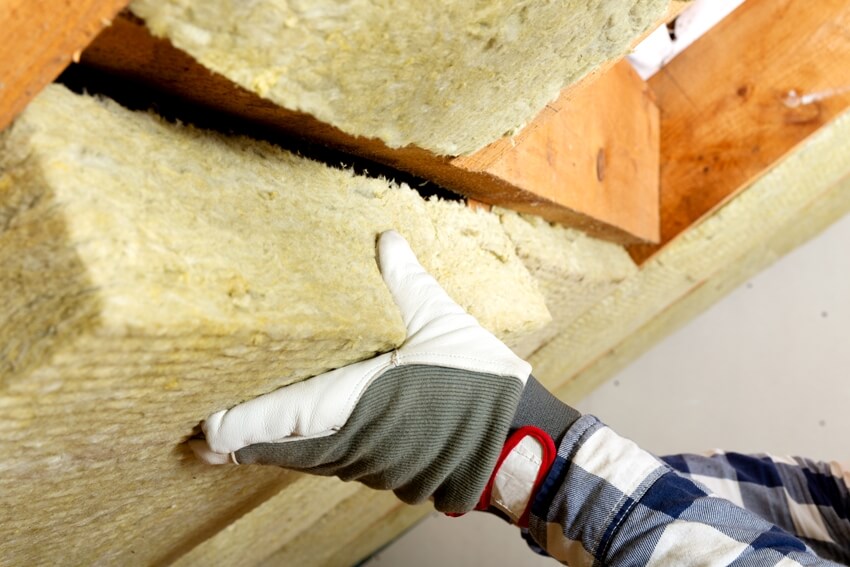
The R-Value measures how efficiently insulation prevents heat transfer through it, which helps keep warmth within your home on chilly days and outside on sunny temperatures. R-Values less than R-30 are considered inadequately insulated. An R-Value closer to R-60 would be ideal for maximum insulation.
Energy Star includes a map that illustrates what R-Value homeowners must use for insulation to assist them in understanding what sort of insulation is ideal for their geographical location.
In Florida, for instance, the homes there are advised to install insulation with an R-Value as low as R-30. Northern Minnesota houses, on the other hand, must use insulation with an R-Value of minimum R-49.
If you are putting new insulation above your current insulation, you might be able to utilize insulation with a lower R-Value, as specified in the Energy Star guide.
Another thing to consider is that heat travels through a roof in three different ways. Each has a unique impact on the performance of the building as well as the control features provided.
• Conduction. Conduction takes place within solid materials as well as between solid materials that are in physical interaction. This is possibly the most apparent heat transmission path.
• Radiation. When sunlight heats a roof or heat spreads outward from a building during the night, for example, radiation happens independently of solids, liquids, as well as gasses.
• Convection. Convection happens within liquids and gasses as a consequence of heat conduction with a displacement of these components. This includes air gaps, trapping or latent moisture (which is present in all building products), and wind uplift-negative pressure.
Regarding conduction, the unit R-value of the insulation as well as the overall R-value of the roofing construction system must be increased. The amount and kind of insulation are important considerations in increasing the unit R-value. If all else is equal, more insulation equals more R-value. Varying materials, meanwhile, have different R-values.
The R-value of each component should be taken into account to raise the roof assembly’s overall R-value because each component’s value will vary. Each component’s value in roof construction is progressive. For example, the total construction value represents the sum of all component values.
Thermal shorts or bridging throughout components must be avoided since they reduce the roof construction’s total value. Mechanical fasteners are a common source of bridging.
Controlling the shortness can be accomplished by adhering all layers together and utilizing non-thermal-bridging fasteners. To prevent shorts, monolithic insulation, such as spray foams or lightweight concrete might be applied.
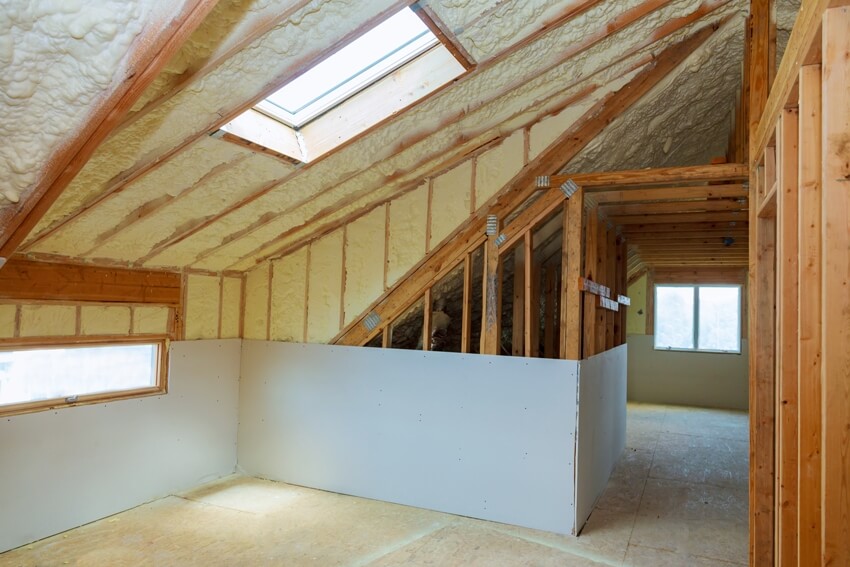
Benefits Of Insulation
Roof insulation, as previously stated, is extremely essential in keeping your home cooler during the summertime and warmer in the wintertime. Insulation in roofing delivers a vast array of benefits for your house by functioning as a barrier to heat transfer, from assisting in keeping a pleasant temperature in your home to boosting energy efficiency.
The following are the primary benefits of roof insulation:
Helps in Preventing Heat
Depending on the local temperature during the entire year, insulation can fulfill the primary goal of keeping heat outside. Just like you do not want the heat from escaping during the wintertime, you also do not want extra heat to enter your house during the summertime. Roof insulation keeps too much heat out of your house, making it cooler.
Efficiently Aids in Retaining Heat
It is critical to keep your home warm and cozy during the cooler months of the year. Heating systems are critical to keeping our houses warm. Without a well-insulated roof, nevertheless, most of this heat will just escape through your roofing system.
Allows You to Obtain Significant Energy Savings
With superior insulation in your roof, your cooling and heating systems will use less energy to keep your house at a comfortable temperature, enabling you to save money on your utility costs.
During the wintertime, for instance, your ceiling would be responsible for approximately 25% to 35% of heat loss. By making sure that your roofing is sufficiently insulated, you can save 20% to 30% on your energy expenditures each year.
Provides Productive Sustainability
You may reduce your energy consumption by making sure your home is adequately insulated. This not only reduces your annual consumption costs but also aids in reducing your impact on the environment.
In actuality, insulating your roof is one of the most effective energy-saving initiatives you can undertake in your home to lower your emissions as well as your overall environmental footprint.
How to Tell If You Are Losing Heat Through Your Roof
Here are some of the clear signs that you are losing heat through your roof:
• During the winter, there is no snow on the roof.
• You are starting to see leaks or condensation.
• Shingles are becoming damaged or missing.
• There are visible gaps between your ceiling and your roof.
• In your attic, there is insufficient insulation; mold grows, holes appear, and some objects collapse.
Best Type Of Insulation For Attic
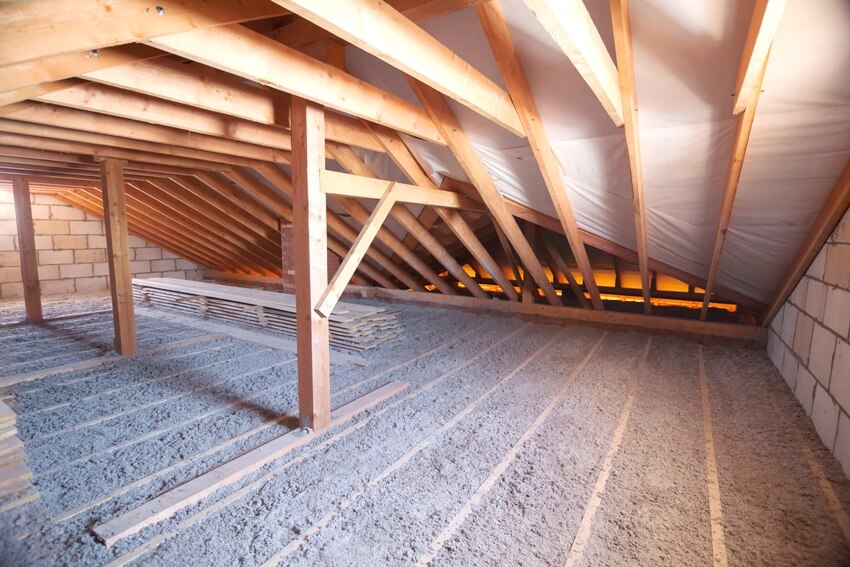
Loose-fill insulation is arguably the best type of insulation for attics. This type of roof insulation often comes in smaller fragments bundled in huge bags and is filled in with blowing equipment. Loose-fill insulation materials usually include fiberglass, cotton, and mineral wool. Nonetheless, fiberglass is the most used material for loose-fill or blown-in insulation; it is also the most recommended.
Loose-fill fiberglass insulation is ideal for filling tight spaces around cables, pipelines, or any other area with irregular construction. Hence, this would be the best option for attics.
For more related articles visit our guide to basement ceiling insulation pros and cons.



